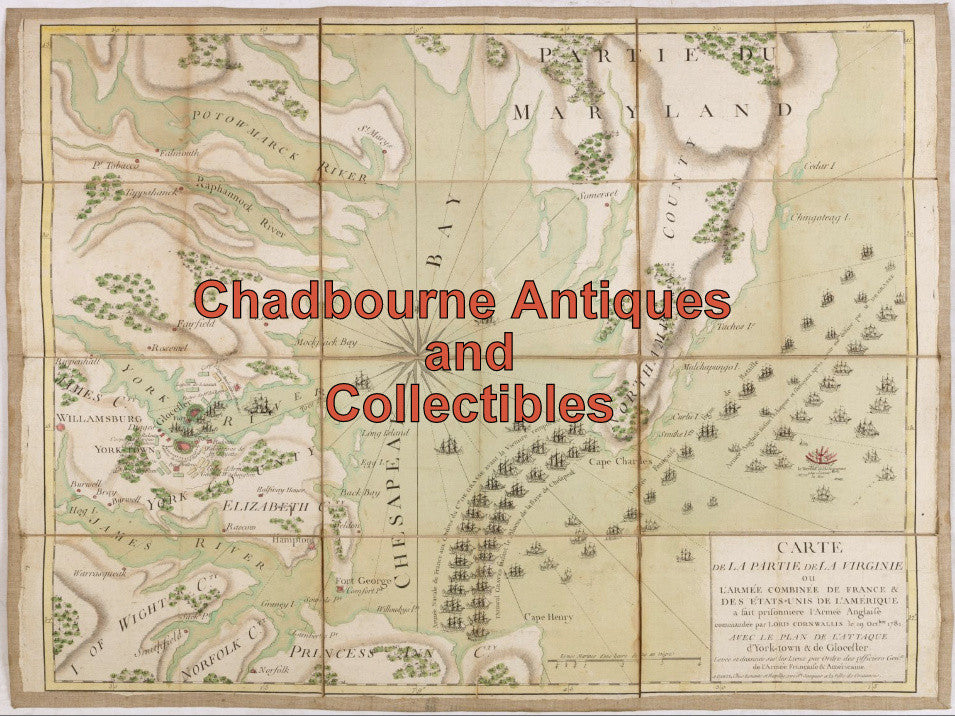$350.00 CAD
| /
Set of 12 photo postcards showing life in the frontiers of Northern Canada (NWT & AB). Hudson Bay Company, Anglican mission, trading forts, oil, Slave River portage, etc.
This was part of a set of 50 postcards issues by Valentine & Sons (Winnipeg)
All are numbered and have have printed description on lower border:
1 Fort Good Hope on Mackenzie River NWT (c.1919)
Fur trading post founded in 1804. Few buildings, muskeg 'street', Church of Our Lady of Good Hope in background
2 Fort Fitzgerald on Slave River, The outgoing point of the Slave Portage
Dates after 1915. Prior to the extension of railway service to Hay River, Northwest Territories, on Great Slave Lake, all cargo being shipped to or from the north had to be portaged from Fitzgerald to Fort Smith, to avoid four impassable rapids.
3 A typical Trading Post in the North, at Fort Fitzgerald, Slave River
Dates after 1915. Men standing in front of building with sign 'THE NORTHERN TRADING COY Ltd'. Attached smaller building with sign 'NTC Office'
5 Fort Mckay, 35 miles below Fort McMurray
Ferry boat docked along Athabasca river. Dog looking at it below.
6 The Anglican Mission at Hay River NWT
Anglican Residential School.. The town is located on the south shore of Great Slave Lake at the mouth of the Hay River.
7 Hay River Post NWT. Anglican Mission in the background.
The town is located on the south shore of Great Slave Lake at the mouth of the Hay River.
11 The only Ox Team in the “Far North” Fort Resolution, Great Slave Lake
Note tee-pees. Aboriginals in the area were Dene. Fort Resolution is the oldest continuously occupied place in the Northwest Territories with origins in the fur trade and the principal fur trade post on Great Slave Lake.
17 The Hudson Bay Post and town of Fort Wrigley
Fort Wrigley was situated along the Mackenzie River, serving as a regional trading post for the HBC. It was part of a chain of posts that supported fur trade logistics and river transport in the Northwest Territories.
18 Fort Smith NWT The end of the Slave Portage
The Slave River between Fort Fitzgerald (Alberta) and Fort Smith (NWT) includes a series of powerful rapids—Cassette, Pelican, Mountain, and Rapids of the Drowned—that made direct navigation impossible for large vessels.
Goods and passengers traveling north from the railhead at Waterways (Alberta) had to be unloaded at Fort Fitzgerald and hauled overland (about 16 miles) to Fort Smith. This was the Slave Portage, a rugged but essential link in the Mackenzie River transport system.
At the northern end of the portage, Fort Smith became a key transshipment point. From here, steamers like the SS Wrigley and later SS Distributor could navigate northward on the Slave River to Great Slave Lake and onward to posts like Fort Resolution, Fort Simpson, and Aklavik.
20 A glimpse of Fort McMurray from Observation Hill
The view from Observation Hill offers a sweeping panorama of Fort McMurray, capturing its position along the Athabasca River
23 Large Oil Pool formed by seeping. Near Fort Norman
The oil pool near Fort Norman (now Tulita, NWT) led to the discovery of the Norman Wells oil field—one of Canada’s most significant petroleum finds. It was first identified in 1911 and struck commercially in 1920
The Sahtu Dene had long known about natural oil seeps along the Mackenzie River, using the oil to waterproof canoes and baskets. In 1911, J.K. Cornwall of the Northern Trading Company noticed an oil slick on the river near Fort Norman. He hired a Dene trapper named Karkassee to locate the source—a small pool of oil on the riverbank downstream from the fort.
Samples sent to Pittsburgh confirmed the oil’s high quality. Cornwall staked claims in 1914, and Imperial Oil acquired them in 1919.
25 Fort Norman Mackenzie River NWT. Headquarters for Norman Oil Fields
The first signs of oil were observed near Fort Norman when J.K. Cornwall of the Northern Trading Company noticed slicks on the Mackenzie River. A Dene trapper named Karkassee located a small oil pool downstream from Fort Norman.
In 1919, Imperial Oil acquired the claims and struck oil on August 27, 1920, producing a dramatic gusher. This event marked the beginning of commercial oil production in northern Canada.
Publisher name on back
VALENTINE WINNIPEG Famous Throughout the World
